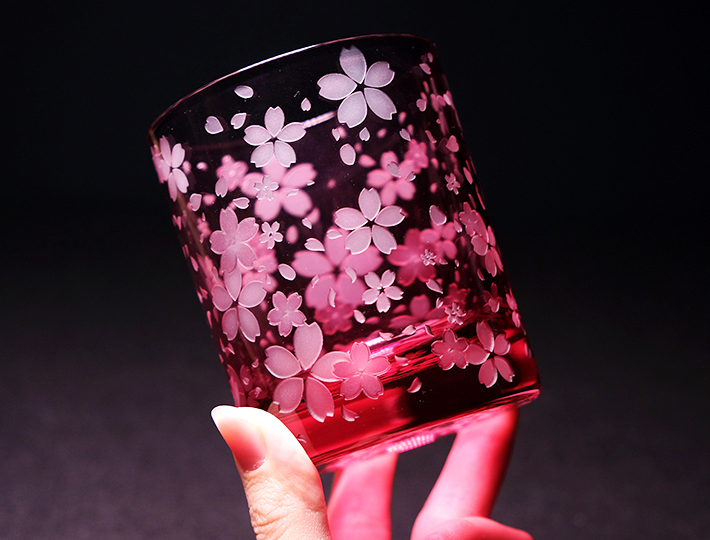
March 3rd is Hina Matsuri ( the Doll’s Festival). It is also called Momo-no-Sekku. Ume (plum) is about to reach full bloom in many areas. The representative flowers of spring are plum blossoms, cherry blossoms, and peach blossoms. Plum blossoms in early March, cherry blossoms in late March, and peach blossoms in April. It’s a complicated thing, and there is a difference between various spring events and the seasons. Taking the Hinamatsuri as an example, it is now March 3rd, but in the lunar calendar it is around April of the current calendar. It’s about the time when the peaches start to bloom. In the Tohoku region, the Hinamatsuri is still held on April 3rd. This is all due to the change from the lunar calendar used in Japan to the solar calendar, which was the mainstream in the world, in November 1872. This season is the most confusing season in haiku, which emphasizes Kigo (season word) and Kidai (titles).
♭♭♭ ひな祭り ♭♭♭
3月3日は雛祭りです。桃の節句とも言います。今多くの地域では梅が満開を迎えようとしています。春を代表する花は、梅、桜、桃で、梅は3月上旬、桜は3月下旬、桃は4月に花を咲かせます。なんともややこしい事で、春の各種行事と季節にずれがあります。雛祭りに例をとると、今は3月3日ですが、旧暦では現在の暦の4月ごろにあたります。 桃の咲き始めるころですね。東北地方ではいまだに雛祭りは4月3日に行われている所があります。これはすべて、明治5(1872)年11月に、日本でそれまで使用されていた太陰暦から世界で主流となっていた太陽暦に変更した事に拠ります。季語、季題を重視する俳句では、この季節は最も混乱する季題です。
